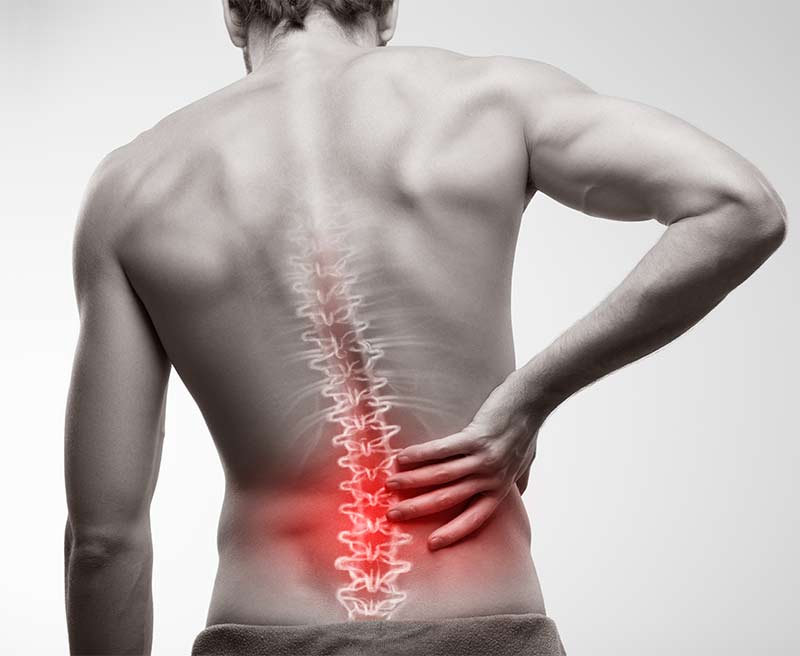
Get our help...
Not sure what you need? Please feel free to call us on 1300 289 798 or send us an enquiry instead.

Lower back pain is probably the most common problem that we are seeing at Activate Clinic. That means that there are many people out there (just like you) suffering with lower back pain.
The problem is that most people don’t do anything to take care of their back until after they have pain. If that’s you, then don’t worry. We’ll help you get out of pain in a hurry.
But first…
You need to take 5 minutes to learn about your back, and what causes pain in the first place.
Part 1: Understanding the basic anatomy of lower back pain
Pain is your body telling your brain that something is wrong.
Lower back pain occurs for a variety of reasons
• Muscle weakness
• Poor muscle endurance
• Incorrect muscle activation
So you can understand why lower back pain is such a huge problem in our society you need to know how your body actually works.
The Spine
The spine is the protector of the nervous system. It’s basically a large column of bones that serves to protect the spinal cord travelling from the brain and down to control every single movement, organ and everything your body does on a daily basis.
But, if we just held up the spine without any muscles and let it go…the bones would all just crash down to the floor. That would hurt. Luckily for us, we have many (700 or so) muscles that keep the bones of the spine from touching each other.

If there are any weaknesses in any key muscles, or you do something that is too difficult for your body to handle, you can cause some big problems.
It’s important to note that injuries that involve the spine can be very serious. But in most cases, injuries to the spine are usually caused by muscle issues.
Conditions such as:
• Disc Degeneration
• Bulging Disc
• Disc Herniation
They usually occur at L3/L4, L4/L5 or L5/S1.
These diagnosed conditions only show us there are muscles that are too weak to withstand the physical demands of your life.
The Muscles
<Quick box of 6 muscles anatomy>
Part 2: How to strengthen the key muscles in lower back pain
